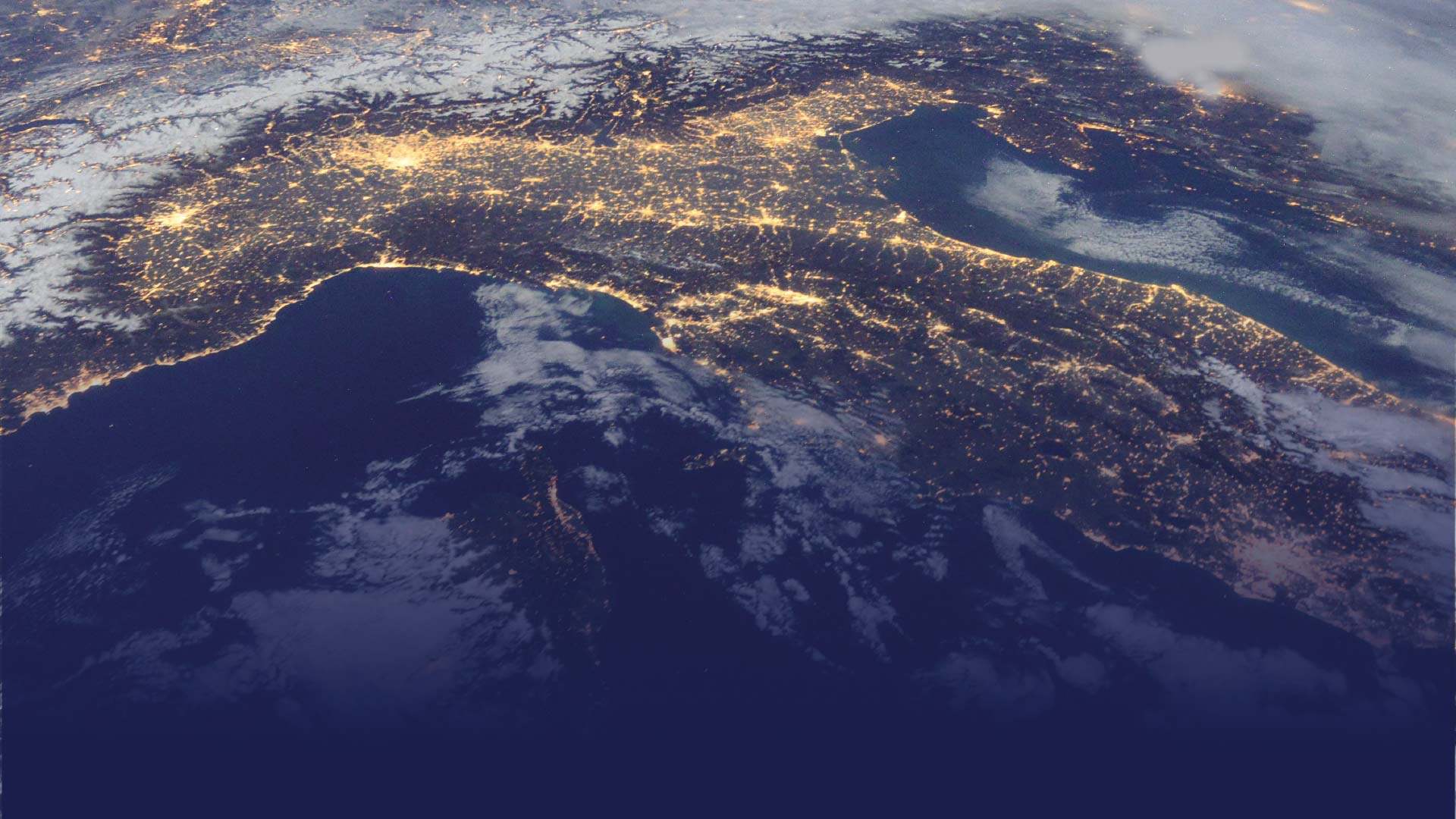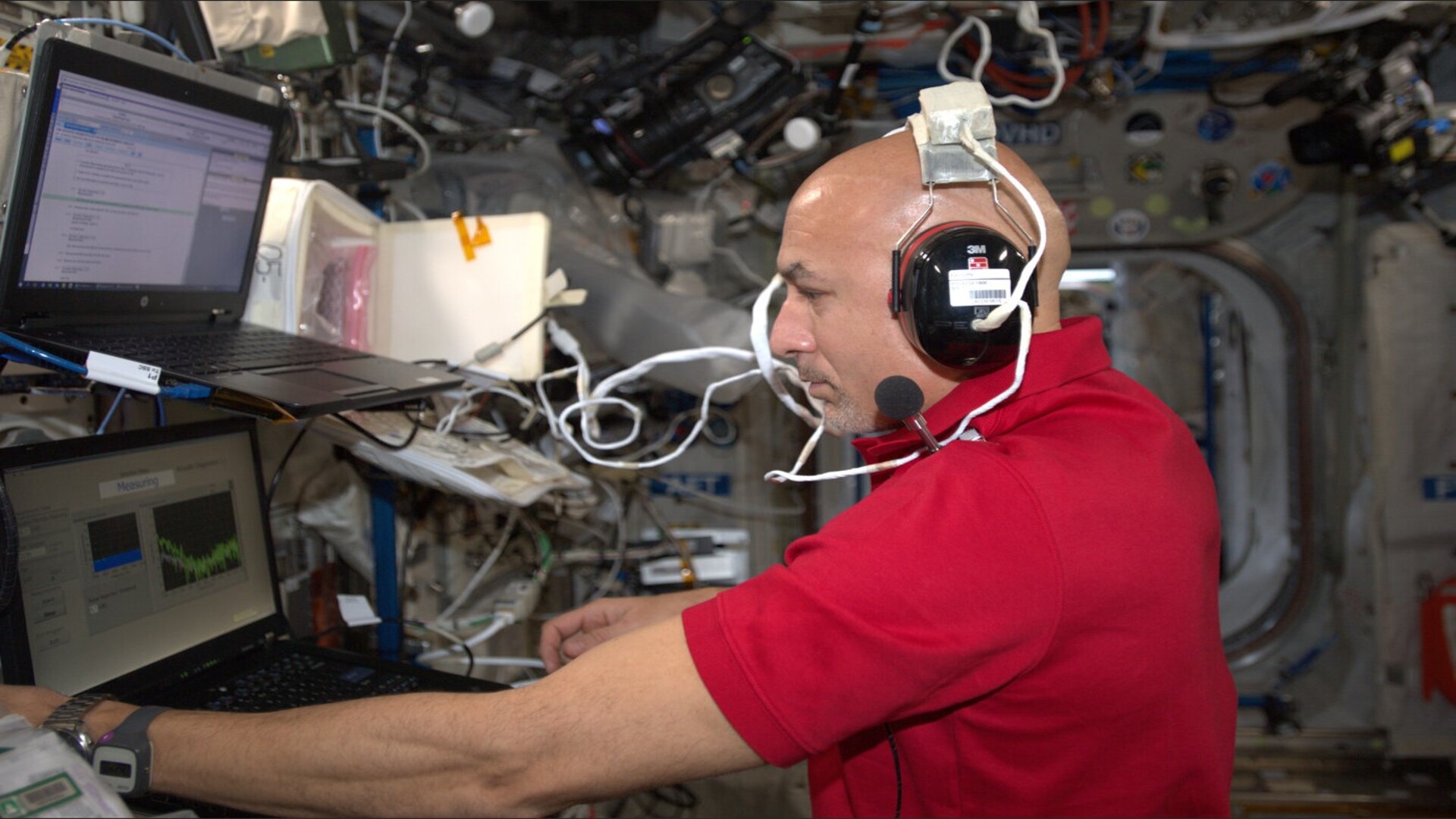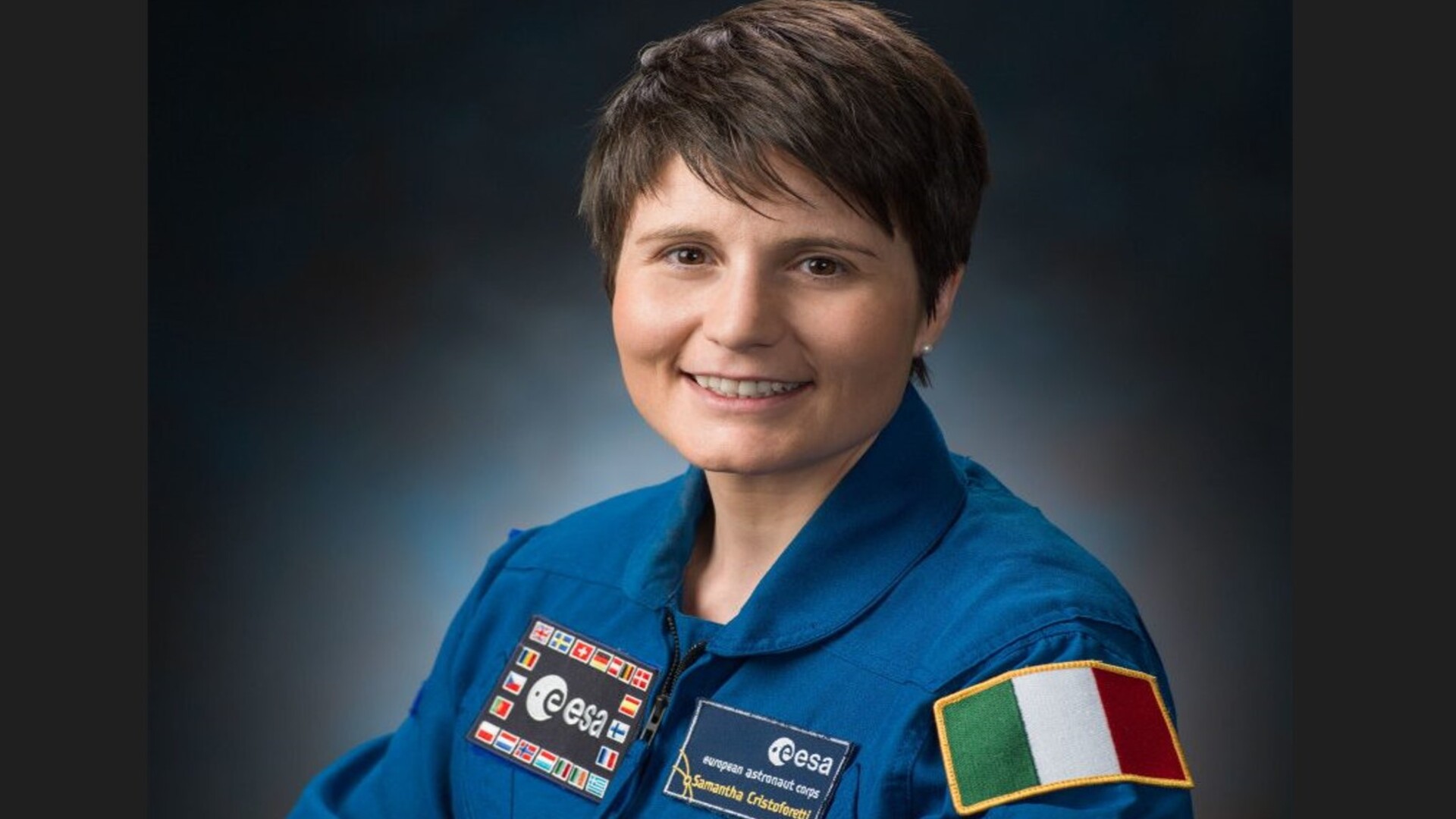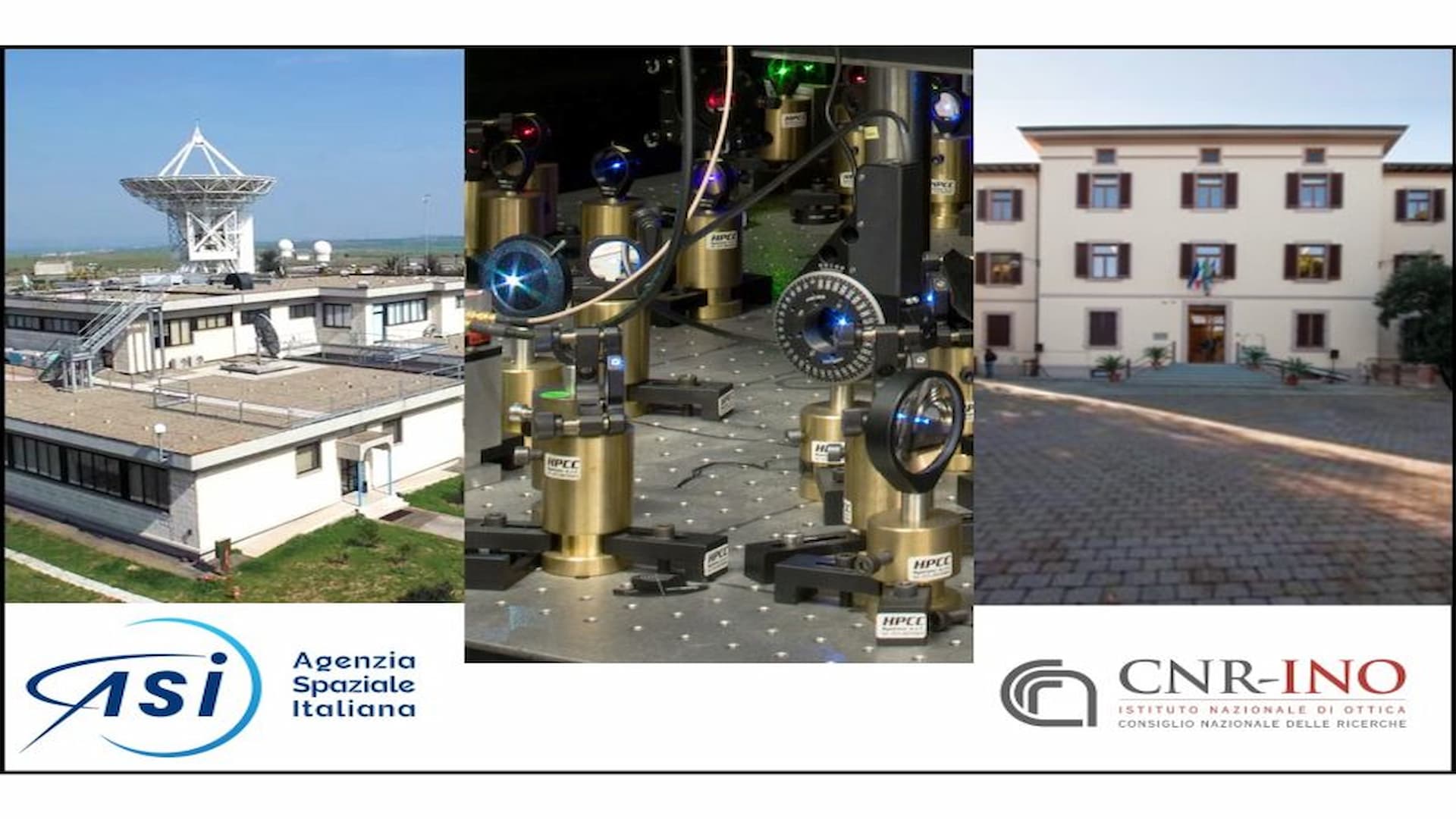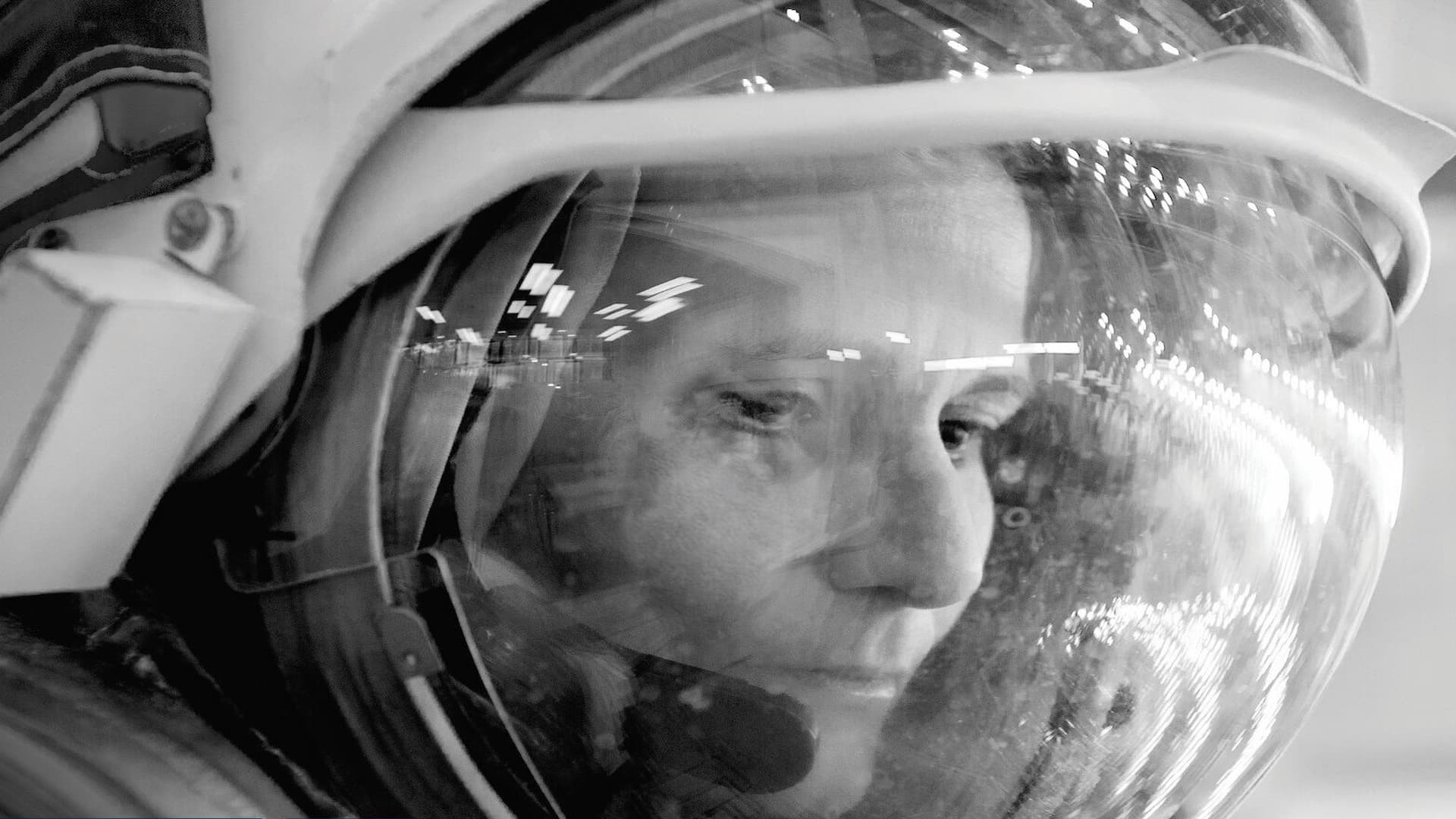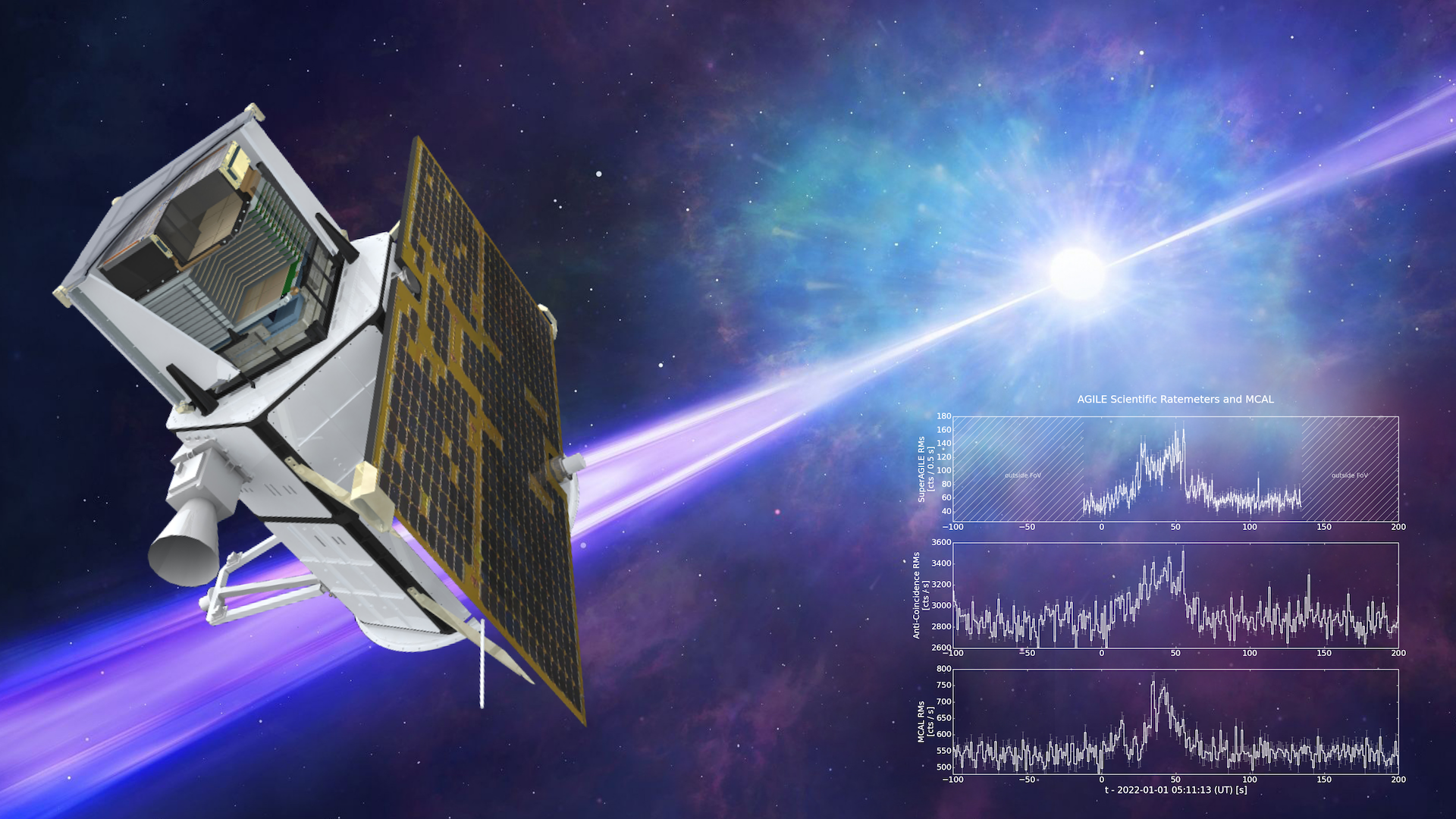Spores are a common strategy for yeast cell dissemination and colonization of novel environments. Spore experiment aims at assessing spore survival during space flights because it is of interest the yeast ability to colonize new environments. The experiment is also important to understand the molecular mechanisms of reproductive isolation. Reproductive isolation leads to the generation of novel species-spores of interspecific hybrids. In many cases, parental species readily mate but the hybrid offspring is inviable or infertile. In rare cases, formation of hybrid species has adaptive purposes (i.e. survival in extreme habitats). The role of gravity in interspecific hybridization generation of new species remains to be assessed.
These studies could be important when assessing the importance of space flight concerning generations of diversity and the birth of new species. Assessing viability of spores during space flight could be relevant to assessing the possibility of transporting terrestrial species to non-terrestrial ecosystems.This study will inspire future scientists to pursue a career studying the influence of space flight on fertility, which will ultimately improve human existence on orbit.

